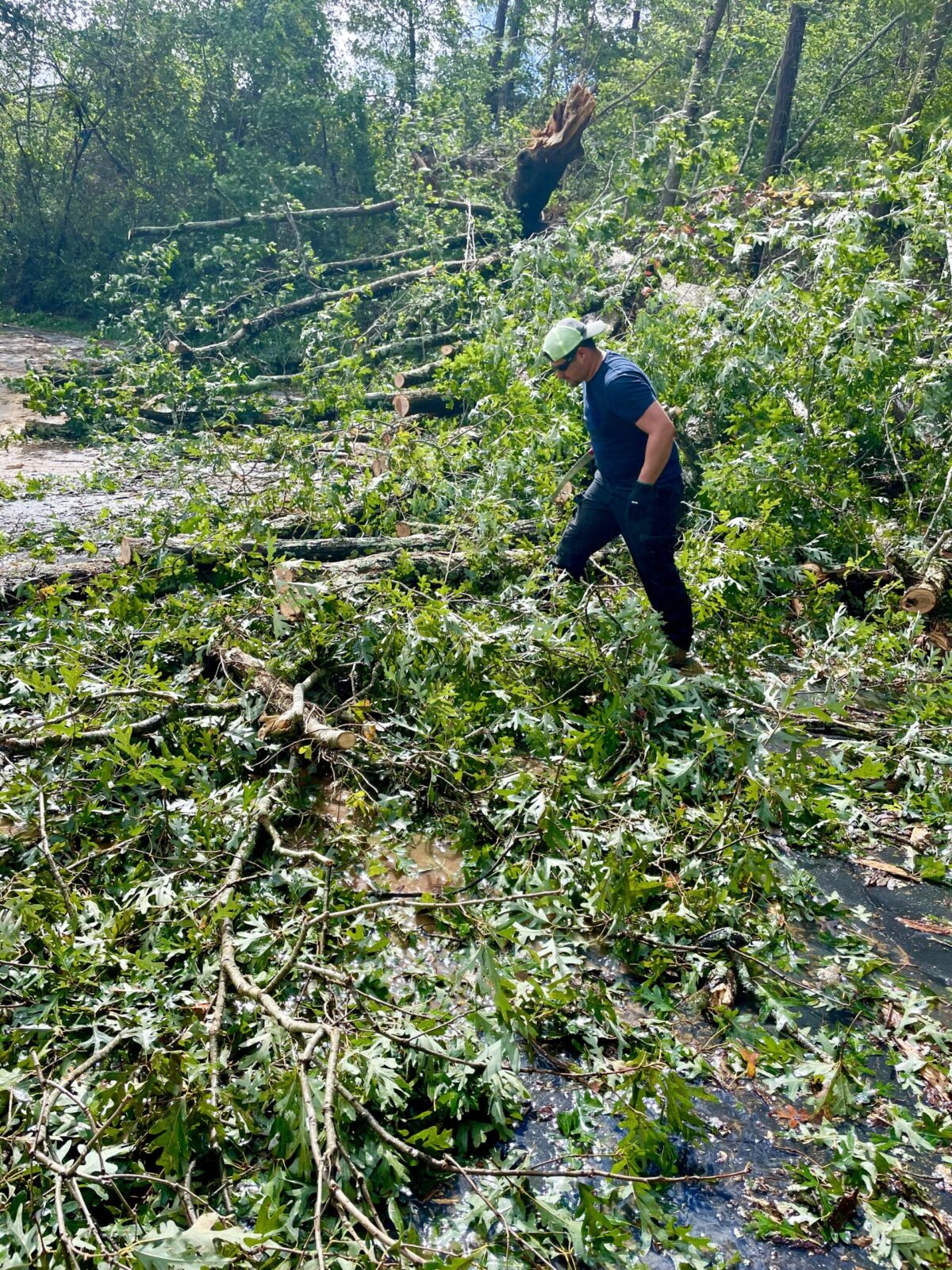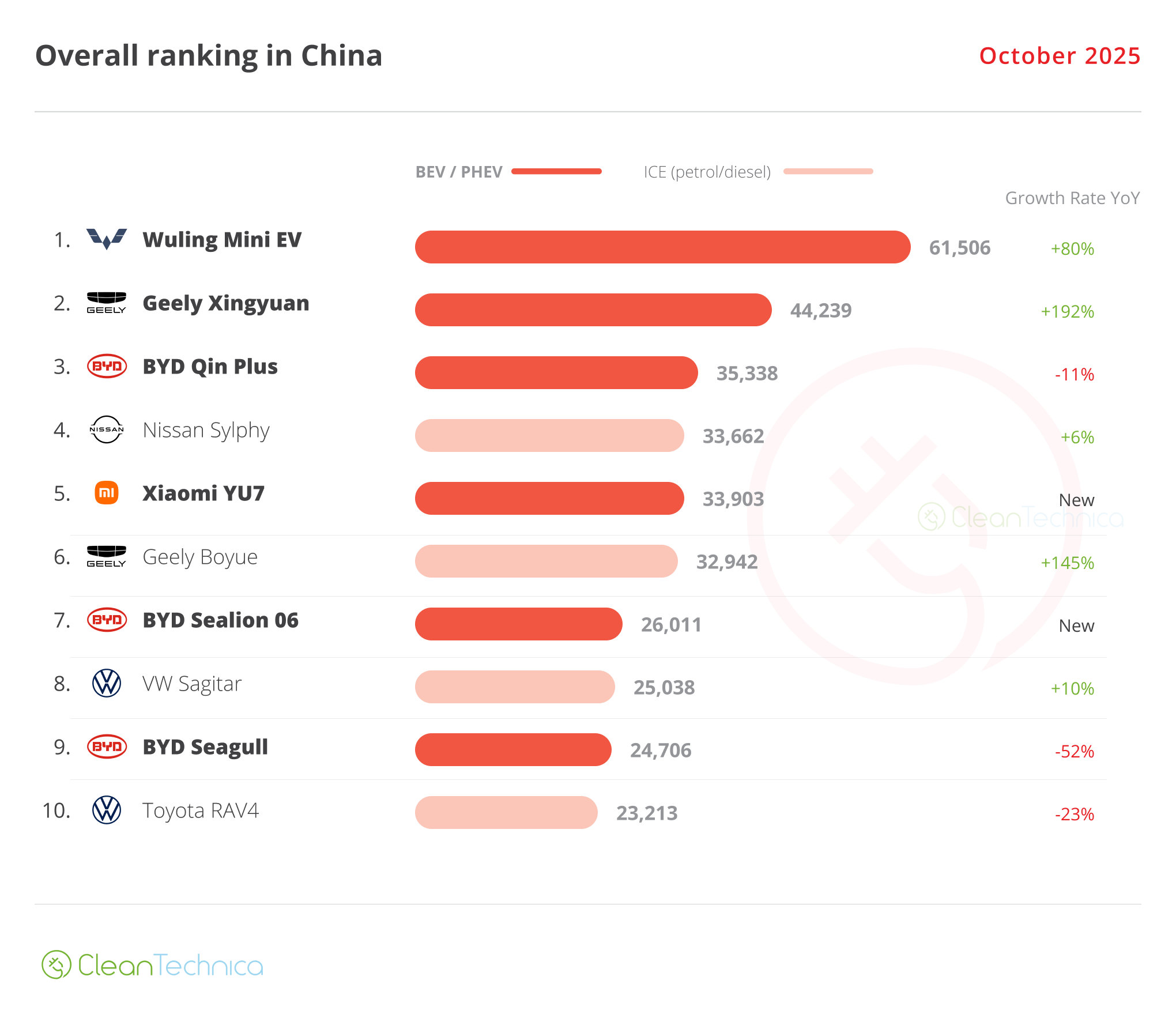The Mining Association of Canada (MAC) praised the federal government’s Budget 2025, highlighting its numerous initiatives that it believes will boost Canada’s mining sector and will advance investments in critical minerals.
The organization noted the new budget closely aligns with several requests from MAC and fulfills commitments outlined in the Liberal Party’s 2025 election platform. Among its key proposals is a $2 billion fund over five years, starting in 2026-27, allocated to Natural Resources Canada to establish the Critical Minerals Sovereign Fund. This fund will make strategic investments, including equity stakes, loan guarantees, and offtake agreements, to support critical minerals projects and companies.
In addition, Budget 2025 proposes a $371.8 million, four-year initiative to create the First and Last Mile Fund. Starting in 2026-27, this fund will support the development of critical minerals supply chains at upstream and midstream stages, with a focus on bringing near-term projects into production. It aims to leverage the existing Critical Minerals Infrastructure Fund to provide up to $1.5 billion in support through 2029-30 and will continue backing clean energy and transportation infrastructure related to critical minerals.
The budget also introduces the Productivity Super-Deduction, offering enhanced tax incentives for all new capital investments to allow businesses to immediately write off a larger portion of their costs. It removes the proposed oil and gas emissions cap, providing greater investment certainty for the oil sands mining sector. Additionally, the five-year extension of the Carbon Capture Utilization and Storage (CCUS) Tax Credit’s full credit rates will support eligible expenditures from 2022 through 2035.
MAC welcomes the expansion of the Critical Mineral Exploration Tax Credit (CMETC) to include 12 additional vital minerals—such as bismuth, cesium, chromium, germanium, and tungsten—which it believes is necessary for defense, semiconductors, and “clean tech.”
The Clean Technology Manufacturing Investment Tax Credit will also be extended to support polymetallic extraction and processing, with increased eligibility for minerals like antimony, indium, and gallium.
The budget aims to increase Canada’s export support by $25 billion through Export Development Canada by 2030, focusing on sectors crucial to the country’s strategic interests, including critical minerals, energy, clean technology, and infrastructure. It also renews the Mineral Exploration Tax Credit until 2027, following last year’s announcement, and allocates $10 billion more to the Canada Infrastructure Bank for nation-building projects.
Other measures include a $1 billion allocation to Transport Canada for an Arctic Infrastructure Fund and $443 million over five years, beginning in 2025-26, to Natural Resources Canada and Innovation, Science and Industry Canada (ISED). These funds will support innovative critical minerals processing technologies, joint investments with allies, and a critical minerals stockpiling mechanism to bolster national security.
The budget also introduced initiatives to support youth employment through increased funding for the Youth Employment Strategy. Furthermore, the government plans to amend the Competition Act legislatively to refine greenwashing provisions while maintaining protections against false environmental claims.
Pierre Gratton, MAC’s CEO, expressed strong support. He stated: “Budget 2025 confirms the federal government’s unwavering commitment to the Critical Minerals Strategy released three years ago. These measures, taken together, send a powerful signal to the mining industry, global investors, and Canada’s allies that Canada is very serious about improving the competitiveness of Canada’s mining industry. Today’s budget promises to usher in a new era in mining investment, creating high-paying jobs, boosting exports, creating major opportunities for Indigenous Canadians, and protecting Canadian sovereignty for years to come. We urge the government to implement these proposals expeditiously.”
More information is posted on www.Mining.ca.




